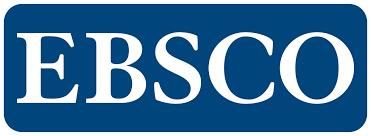With the incorporation of digital innovations, orthognathic surgery has progressed toward greater precision and predictability. Traditional free-hand procedures depend largely on operator skill, often producing inconsistent outcomes. In contrast, fully guided systems utilize computer-assisted techniques such as virtual surgical planning (VSP), CAD/CAM fabrication, and intraoperative navigation to increase accuracy and efficiency. This review contrasts both strategies, evaluating their influence on surgical precision, workflow efficiency, and patient-centered outcomes. A scoping review was performed using PubMed, MEDLINE, Scopus, Cochrane Library, and Embase. Clinical trials and cohort investigations were included. The main parameters of interest were accuracy of skeletal positioning, surgical time, complication incidence, and both functional and esthetic results. Digitally guided surgery achieved near sub-millimeter fidelity, with mean linear deviation ranging between 1.3–2.4 mm and angular variation of 2.29°–3.51°. These approaches also shortened operative duration, averaging 34 minutes to 1.7 hours, while lowering complication rates. Digital protocols improved reproducibility and esthetic predictability. In contrast, free-hand surgery, though less expensive, relied heavily on surgical expertise, generally produced higher variability, and was associated with longer recovery periods. Computer-aided orthognathic methods outperform conventional techniques in accuracy and predictability, enhancing overall efficiency. While manual methods remain acceptable for less complex cases, fully guided surgery represents the optimal standard for complex reconstructions. Future work should explore hybrid models that balance digital accuracy with the adaptability of free-hand execution.






